What is noise phobia or fear of noises?
It is an unnecessary problem that leads to thousands of injuries, disappearances and even untimely deaths among pets and animals every year all around the world.
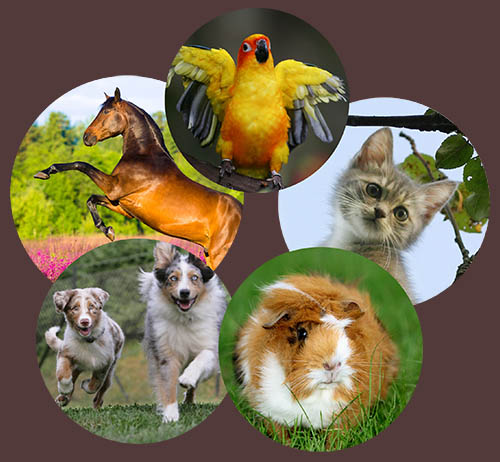
They believe that unknown noises can come from danger
A sudden, unknown, loud and uncomfortable noise can possibly come from something that is a threat to the animal. Their basic instinct is to flee rather than stay to investigate what causes the noise. It is better to spend a little energy getting out of there, rather than to end the life as some other animals' next meal. This often happens many times every day for many animals, and isn't a big deal.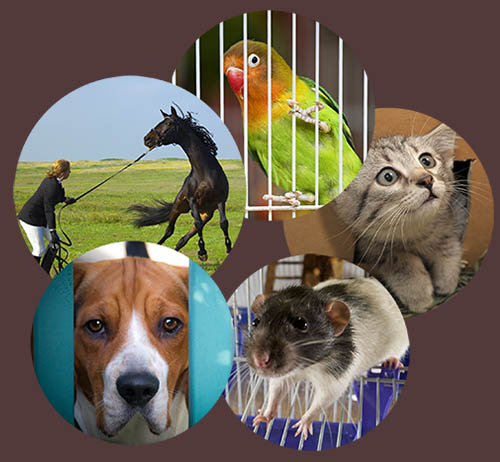
They cannot flee
But animals in the care of humans cannot flee. They are stuck, inside a room, a cage, a corral or stable, or they are bound on a leash, and that can lead to panic.
Possibly leading to panic or phobia
This can send pets into crippling fear or longtime phobia, and even devastate their lives. They may injure themselves, their owners or cause damage to property. They become less fun to be around.
In situations they interpret as possibly dangerous they may try to flee. It can lead to pets and animals going missing, in them being injured, or even lead to untimely death.
This is entirely unnecessary
The alarming thing is that these are often harmless noises that are a part of our modern world. Humans know well that they are harmless, and even hardly notice them, but pets may not know them or where the noises come from.
Fear of unexplained noises, or in a more severe form, noise phobia, is a hidden problem among pets. It is generally less treated and less prevented than it should be, if we keep in mind the well-being of the pets and recreational animals in human care.
The unnecessary fear can be extreme as this image shows. It shows the difference in the increase of the "fear hormone" Cortisol in a time of extreme fear, among dogs and children.
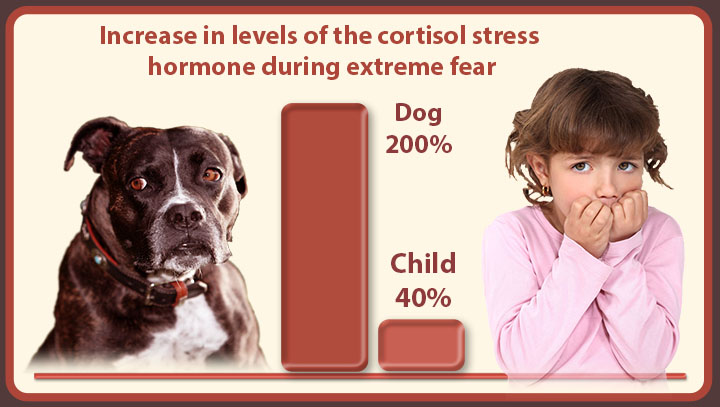
Around of half of dogs may have some problems with noise fear or phobia, although of varied seriousness.
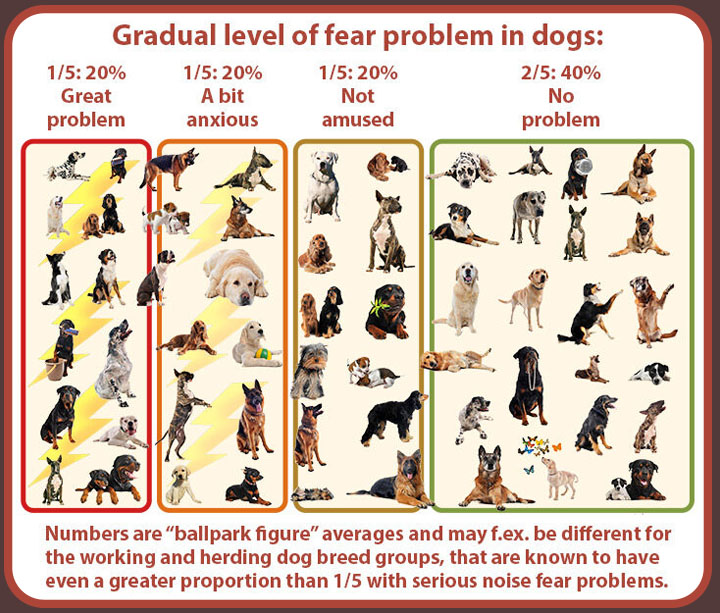
Other pet types
Cats, pet birds and small mammals like rabbits and guinea pigs can be devastated as well. Horses, both big and powerful and also potentially dangerous with the rider sitting on top, are by nature very nervous and can get spooked easily.
This can arise at any age and from many different kinds of noises
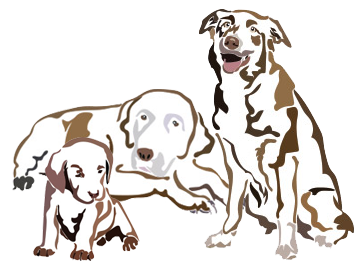 In short, a very large proportion of animals in human care have this potential problem. It is a question of circumstances.
In short, a very large proportion of animals in human care have this potential problem. It is a question of circumstances.
There is no specific age when all pets are in danger of becoming fearful, and then at some other age they are saved.
Noise phobia or fear of noises can arise at any age. It is more a question of circumstances, suddenness, lack of explanation and perhaps unfamiliarity of a noise.
This is not about strong or weak pets. Any pet, even the bravest ones, can get this.
Additional reading:
Choose your pet type or horse solution introduction:
Dogs, outdoor cats, indoor cats, horses, pet birds, small mammals, exotic pets, various types of pets.
(Small mammals include rabbits, guinea pigs and hamsters. Exotic pets include chinchilla, degu, fancy mice, fancy rats, fennec fox, ferret, gerbils, hedgehog, sugarglider and pot-bellied pig. Various types of pets are any pet types combination excluding horses.)
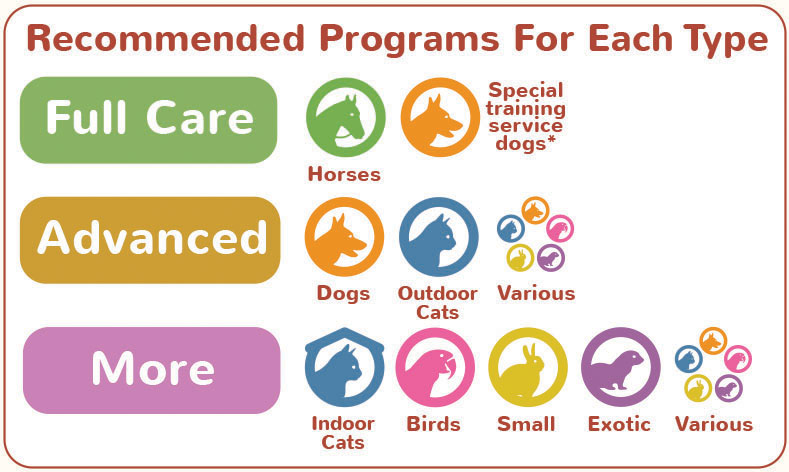
Front Pages Links
Sounds and videos
Try the 5 steps therapy sounds players
Sounds in programs (most types)
Sounds in Solutions for Horses
Sounds in Solutions for Outdoor Cats
Explore the 5 step video therapy
Further Information
A new standard practice for pets and horses? Start when young
Mobilize the world: 500 million households
Walk through screencast video
Short comparison of WeStopFear and conventional process
Book Chapters
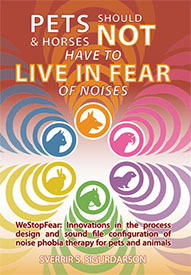 Chapters from the book "Pets and Horses Should Not Have To Live In Fear Of Noises", available on Amazon.com as Print version or Kindle version.
Chapters from the book "Pets and Horses Should Not Have To Live In Fear Of Noises", available on Amazon.com as Print version or Kindle version.
About animal types, fear of sounds, and noise phobia (page 23)
Ten items to be better (page 106)
About Simple Secure Steps and the four innovations (page 111)
Comparison of the conventional method and WeStopFear’s Simple Secure Steps (page 127)
Is this new method the best method available? (page 137)
About the Years of development (page 155)
Merch
Stock images from 123rf.com, model release contract, (referral link). - Infographics designed by WeStopFear © Copyright.

